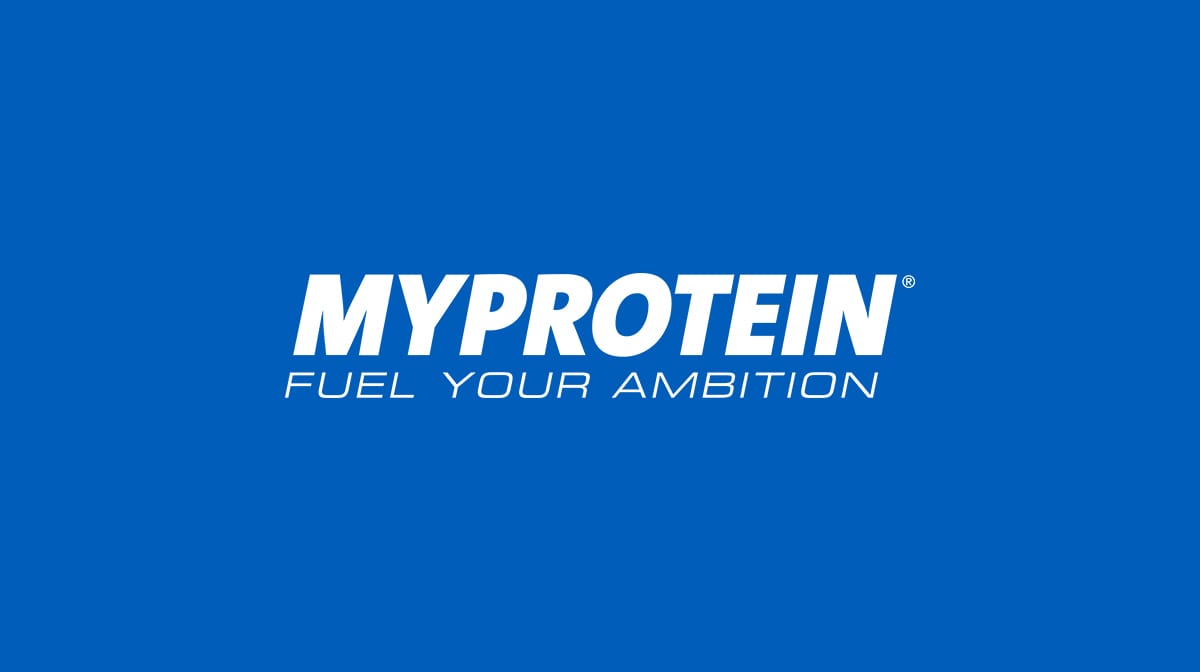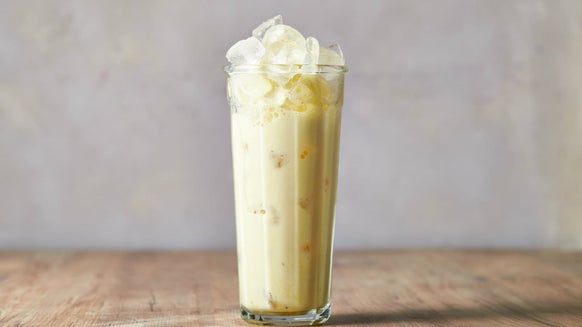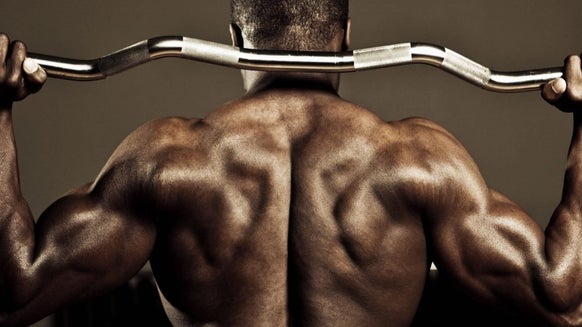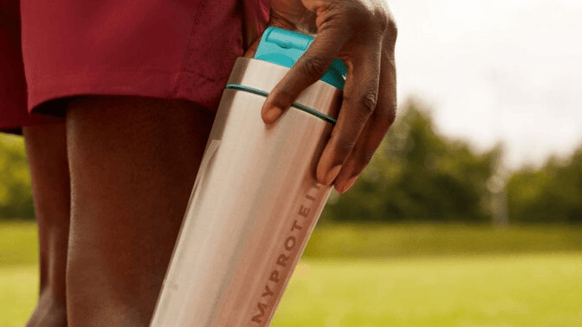
Fat loss, Calories & Macronutrients
When it comes to losing fat, we’re constantly directed towards cutting out carbs until we simply don’t eat any at all for ridiculously long periods of time. This leads to people believing that if they simply avoid carbohydrates constantly then they’ll lose weight, however, unfortunately, this isn’t the case and carbohydrates shouldn’t be perceived as the enemy.
As a general guideline for maintaining a solid body composition and to stay healthy, the generic split of macronutrients is 40% protein, 40% carbohydrates and 20% fats. The human body uses carbohydrates as its primary source of energy when this is the case, as we tend to consume an abundance of both simple and complex carbs day-to-day. If we were to instead consume fewer carbs and more fats, or simply cut out carbohydrates… our bodies would resort to burning fats as a macronutrient primarily because there would simply be more available to be used as energy. Notice how I said “fats as a macronutrient” and not simply just "burning fat”; this is because you need to make sure your body is in a deficit of calories in order to start losing weight (hopefully fat). Total Daily Energy Expenditure
The best place to start is by calculating your ‘Total Daily Energy Expenditure’, or TDEE; this will give you a number which represents a number of total calories your body needs each day to maintain its weight. So, if you eat more than this amount you’ll gain weight... and if you eat less than this amount you’ll lose weight. In order to lose fat, you’ll have to make sure your muscles are active through exercise which will be factored into your TDEE calculation; you’ll also need to be in a deficit.
A sensible deficit of calories is 200 per day. By starting off small, you’ll leave yourself lots of wiggle room for manipulating your intake in the future. Most people tend to try and jump in at the deep end when it comes to losing weight/fat and simply fail due to their inability to stick to the harsh requirements of their diet they so naively jumped into. Remember: It's important to always drink a lot of water and keep it consistent, otherwise, your weight will constantly be changing and you'll find it harder to monitor your fat loss. Try drinking 2 litres of water per day and weighing yourself once a week at the same time to monitor your progress more specifically (Monday morning before eating is ideal).
What Is An Anabolic Fasting Diet?
Now that we’ve got the basics out the way with and we understand that we need to be in a deficit of calories in order to lose weight; what exactly is this anabolic fasting diet?Dr Mauro Di Pasquale was the first to propose this diet which consists of a high intake of fats and a very low intake of carbohydrates. The idea behind it is that by minimising your carbohydrate intake and increasing your intake of fats, the body will burn fats primarily as they’re the highest consumed macronutrient. With carbohydrates being at a minimum this means protein consumption is higher than average; making sure your body gathers more than enough protein to maintain the muscle mass on your frame while in a caloric deficit.A lot of people worry about losing their muscle when cutting, as it’s not possible to consistently gain muscle while in a caloric deficit. Dr Pasquale’s anabolic fasting diet ensures that by minimising your carbohydrate intake you’re left with an awful lot more room for protein sources and your muscles will have an abundance of nutrients to minimise the risk of losing muscle mass while participating in this diet.Initially, the diet requires you to eat 40% protein and pretty much 60% fats. 25g of carbohydrates are suggested as it’s extremely difficult to find nutritious foods which simply don’t contain any carbohydrates at all; these twenty-five grams of carbs only contain 100 calories. It’s worth noting that if you’re in a small surplus of 200 calories, you may want to increase it to 300 in order to factor in the 25g of carbohydrates you’ll be eating; as these won’t be calculated into your TDEE or deficit of calories when working off an intake of 40% protein and 60% carbs (as that equals 100%).
You’ll run these macronutrient ratios for 12 days, followed by 2 re-feed days where you’re allowed to consume 60% worth of carbohydrates in order to replenish your glycogen stores, fill your body back out, reset your insulin levels, stun your metabolism and somewhat trick the body into burning more fat than it usually would by altering the highest consumed macronutrient from fats to carbohydrates for a short space of time. As for your fats and protein, your intakes will alter to 15% protein for those two days and 25% fats. Don’t worry about the decreased protein intake for the two re-feed days; your total weekly consumption of protein will by far suffice in maintaining your muscle mass for the entire week. Carbohydrate Cycling
This concept is simply a structured form of carb-cycling which you may have heard of before, and is suitable for both males and females so don't be put off by the name! After this initial period, you’ll only perform the fasting for 5 days at a time, so it’s advised that you use Monday to Friday as your low carb (25g) days, and Saturday and Sunday for your high carb days so that you can enjoy your food over the weekend and not have to shy away from meals out and flexibly tracking your intake for those two days. A Simple Breakdown
- Monday to Friday: 40% protein, 60% fats and 25g carbs (deficit of 300+)
- Saturday and Sunday: 15% protein, 25% fats, 60% carbohydrates
Suggested Foods
Protein and Fats Sources
Meats: Pork/bacon, lamb, steak, chicken, turkey, minced meatsFish: Salmon, tuna, mackerel, troutVeg: Broccoli, sprouts, asparagus, cauliflower, lettuce, onionsSeeds/Nuts: Almonds, peanuts, flax seeds, chia seedsCarbohydrates Sources
Grains: Oats, Cereal, RiceStarch: Pasta, Potatoe, BreadFluid: Milk, Energy DrinksTake Home Message
The first 12 days of this diet will be the hardest; make sure you don’t start off by eating in too much of a deficit and stay determined! Remember, after the first week you only need to run 5-day cycles of low carbohydrates and don’t forget to switch your protein and fats intake on your re-reed days!Our articles should be used for informational and educational purposes only and are not intended to be taken as medical advice. If you're concerned, consult a health professional before taking dietary supplements or introducing any major changes to your diet. Founded in 2004, Myprotein has a long history of fuelling people’s fitness journeys. As the UK and Europe's number one sports nutrition brand*, our mission is to provide you with reliable, evidence-based information, and our blog features articles from a trusted network of experts across fitness, nutrition and wellness.
* According to: Euromonitor International Limited; Consumer Health 2025 edition, retail value sales (RSP), all retail channels, 2024 data.








